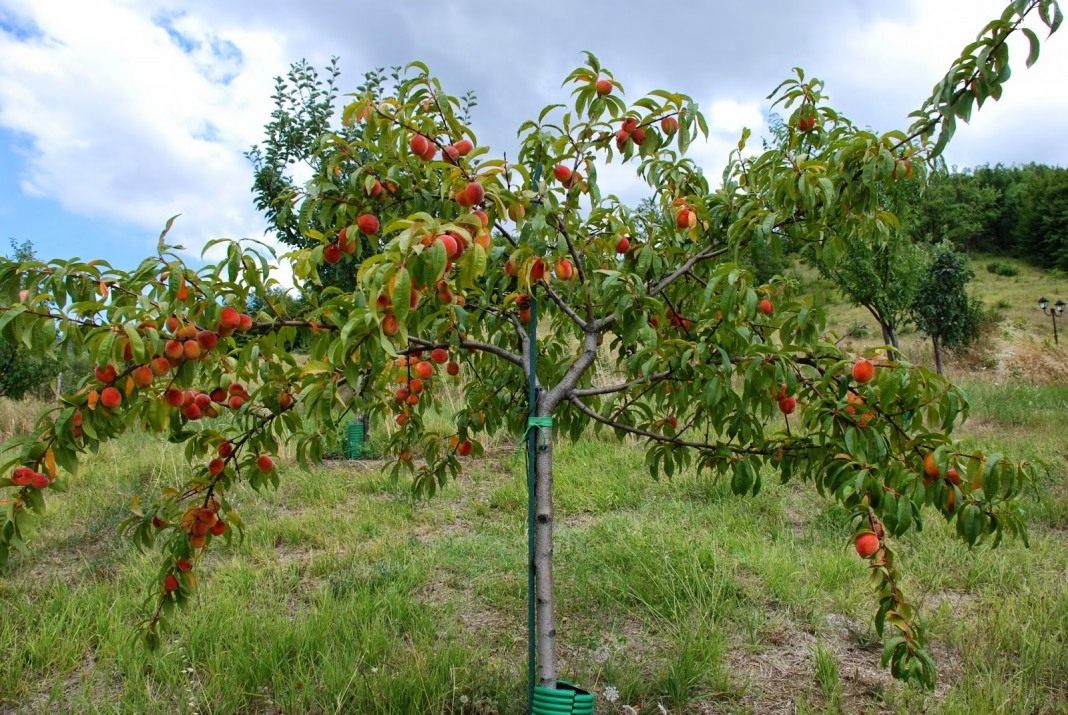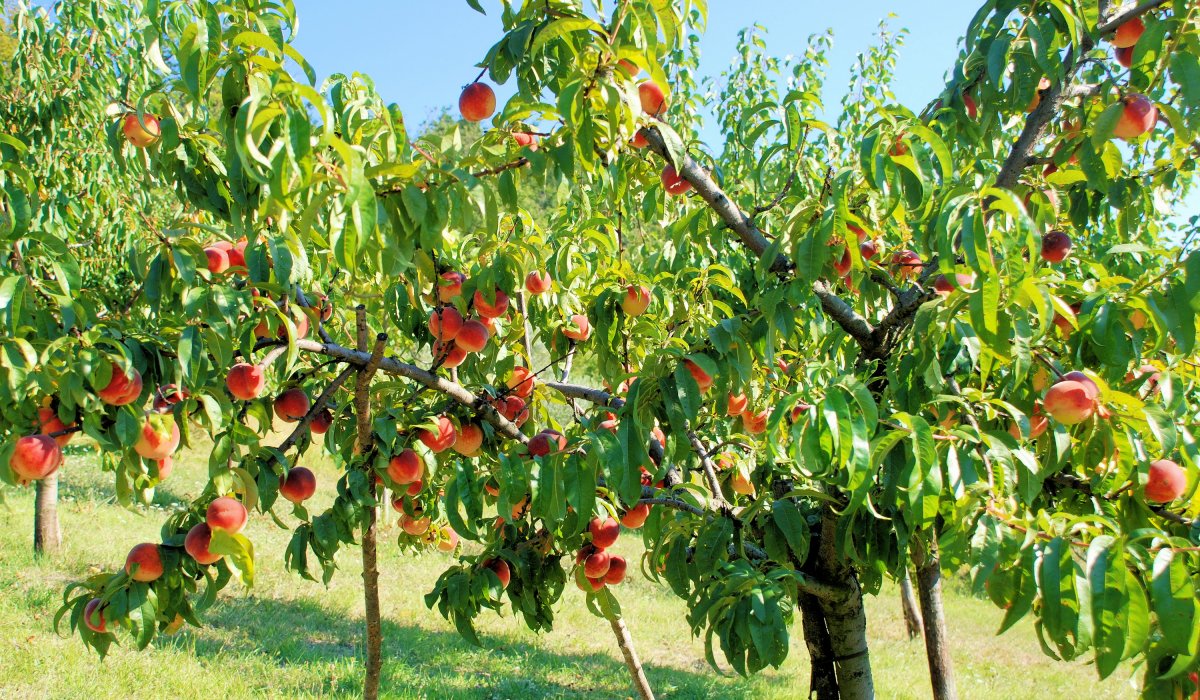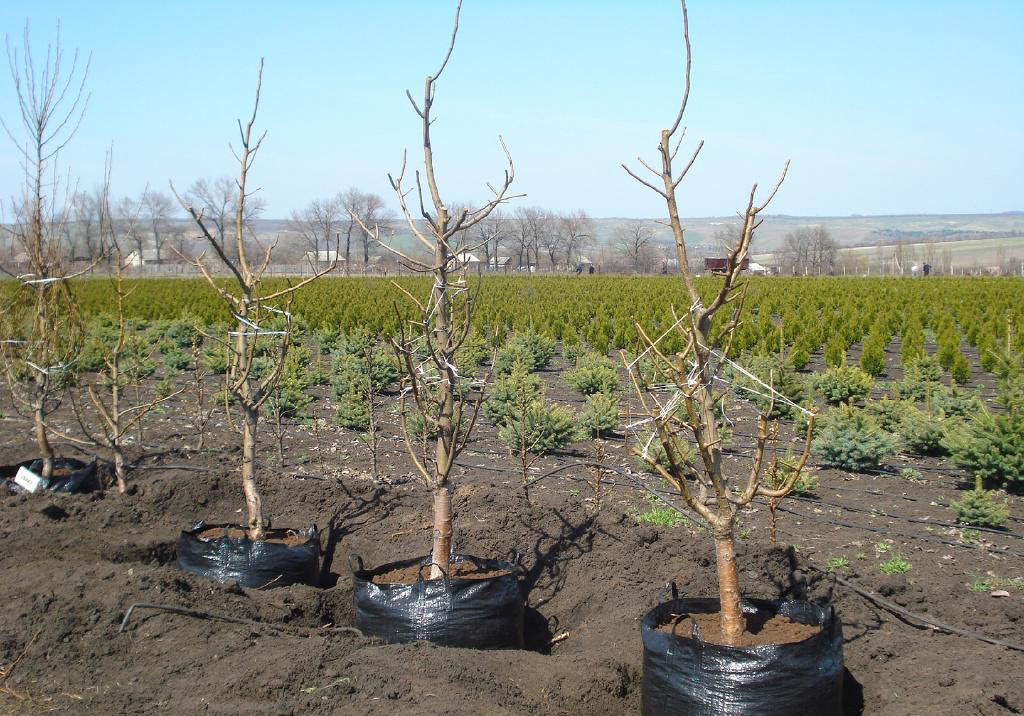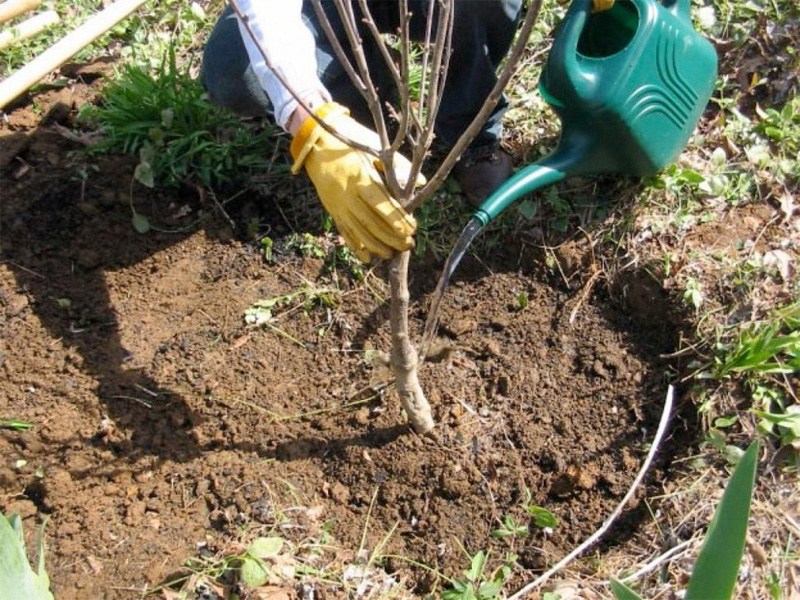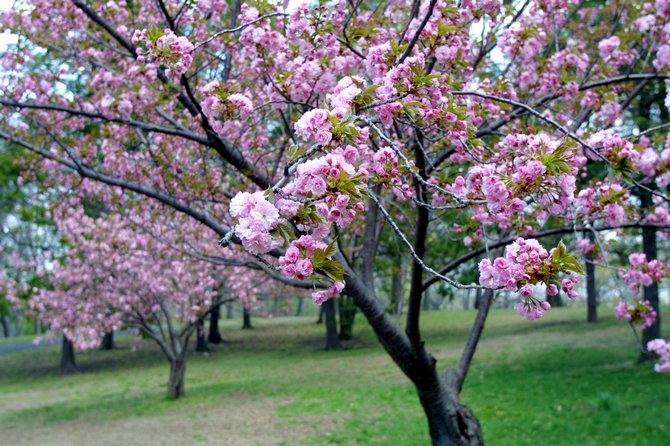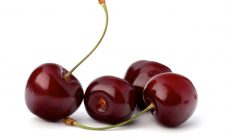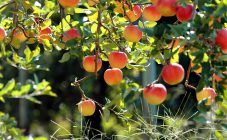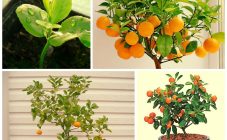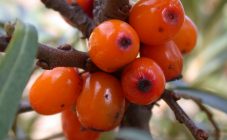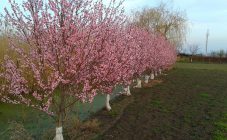Content:
The peach tree is a plant of the Pink family. There is no reliable information about the origin of the culture, but historically China is considered to be the birthplace of the peach. It is in this region that this fruit is grown on an industrial scale. The peach tree gained active distribution in the middle latitudes of Russia only in the middle of the 20th century. Russian gardeners set about cultivating a peach orchard with interest, since the trees easily tolerate spring frosts.
The fruits are of the greatest value. They contain a rich vitamin and mineral complex, have an attractive aroma and delicate taste. The peach fruit is valued not only as a food product, but also as a remedy. The juice improves blood quality, has a beneficial effect on the digestive tract, and strengthens the immune system. Peach oil (seed extract) is also highly valued. It is used both in pure form for the face, hair and body, and as an active ingredient in cosmetics.
Plant characteristic
Peach grows in the form of a tree or shrub, 3-4 m high. The root system is superficial, it goes into the ground no more than half a meter. Because of this feature, in a drought, the plant needs frequent watering. The main branches extend from the trunk at a wide angle, so a voluminous crown is formed.
Peach is not a self-pollinated plant, therefore, it is pointless to plant a crop in one copy on the site. To obtain a crop, you need at least 2 bushes. Moreover, abundant fruiting is observed when the bushes belong to different varieties. The active fruiting period lasts 20 years, starting at 3 years after planting. Peach flowers have a different color: from pale pink to bright red. They begin to bloom before the leaves appear in the 2-3 decade of April.
The blooming peach, when viewed from a distance, is very similar to the Japanese sakura. After the peach stops flowering, the period of fruit formation begins. For all varieties, the weight of the fruit is approximately the same: from 0.15 kg to 0.2 kg. The peel is covered with fluff. The color outside and inside, depending on the variety, varies. The color of the pulp ranges from light yellow to rich orange. The peel is evenly colored or with a darker (red) flank. Due to the delicate texture, the fruits are stored very little.
Types and varieties
There are 8 varieties:
- A common peach with a hairy skin. The bone is well separated.
- Nectarine. It has a smoother skin and a more sour taste.
- Potanin's peach. The low bush has reddish wood. The fruit of the tree is not edible, therefore it is found only in the wild.
- Fig peach. You can recognize it by the shape of the fruit. All other species have rounded fruits, in this species the fruits are flattened.
- Peach of David. A short tree, which is grown exclusively for decorative purposes, since David's peach grows without problems and in dry summers, it is also very frost-resistant.
- The Gasuan peach is a wild species. At the same time, it attracts a lot of attention, since the peach blooms very effectively. Miniature white and light pink inflorescences form a flower cloud on a spreading crown. On the basis of this species, scientists are developing new varieties, since the Gasuan peach is unpretentious, resistant to drought, frost, diseases and pests.
- Peach of the world. Another wild-growing species that differs from the rest in its impressive size. The tree reaches a height of 8 m. Like all other wild animals, the fruits are not edible.
- Columnar honey peach is a dwarf bush with a cylindrical crown shape. Suitable for growing on the site, as it has a decorative look, while it bears fruit well. The ovaries are formed directly on the trunk.
Main varieties:
- Redhaven. Early maturing, not hardy. The fruits are distinguished by their high taste;
- Velvety. Suitable for cultivation in the south of Russia. Fruits ripen early, have dense pulp, connected to the stone;
- Greensboro. Early maturing variety with green skin. Resistant to frost. The taste of the fruit has a slight sourness.
- Harmony. Mid-season variety with large fruits - up to 300 g. Productivity and taste are high.
- Bohun. Mid-season variety. High immunity against diseases. It has large fruits with a sweet taste.
Agrotechnics
Landing
Depending on the region, planting can be done in autumn or spring. In autumn, it is better to plant in the southern regions of Russia. For temperate climates, spring planting is more suitable. So, the seedling will not suffer from frost. The landing site should be on a hill with good lighting and protection from drafts. You need to leave 3 m of free space around the tree, since the crown does not like constraint. You cannot plant a peach after strawberries, melons, clovers and Solanaceae. These precursors provoke the development of diseases.
The planting hole must be prepared in the fall, regardless of the planting date. The dimensions of the pit are 70 * 70 * 70 cm. A support is driven in the center. A complex of fertilizers is laid out at the bottom of the pit: rotted manure (5 kg), ash (0.2 kg), superphosphate and potassium chloride (50 g each).
It is recommended to purchase seedlings from a trusted seller, inspect before buying. The roots should be free from rotten and dry areas. The rootstock area for the peach should be smooth. The bark on the inside should have a green tint. It is best to choose an annual stalk. The selected seedling is placed in the pit so that the grafting site is above the surface. The pit is covered with soil flush with the surface level and carefully crushed. Then pour 20 liters of water and mulch with peat.
When planting in autumn, after the soil has dried, it is necessary to huddle 20 cm around the trunk and wind the burlap. This is necessary for insulation.
Care
Care should be taken in the first 3 years after planting. First you need to figure out how to water the peach. In the spring and summer, the tree is watered every two weeks. At the same time, it is important to avoid stagnant water. If it rains in the region, then watering should be less frequent. Watering a peach in summer should be especially careful, since during a drought period, the root system is very lacking in moisture, it cannot take it on its own from deep layers due to its proximity to the surface.
Twice during the growing season, you need to do top dressing. The first is when flower buds wake up, but the bush has not bloomed yet. A potassium-phosphorus complex is used as fertilizer. The second top dressing is in the middle of summer, with the same composition. For fruiting trees, you need to add one more top dressing. The deposit will be distributed as follows:
- Before the tree starts blooming;
- At the time of gaining mass of fruits;
- In the fall, after harvest.
Rotted organic matter (manure, compost, droppings) is added to the third top dressing.
In addition, peach responds well to foliar feeding. Before the tree should bloom, and after the leaves fall, it is sprayed with Bordeaux liquid or another copper-containing solution. To improve the palatability of the fruit, the tree is irrigated with boric acid at the time of fruit set.
Pruning
Formative pruning is done from the second year. To make the crown look round, it is trimmed in March. On the trunk, all side shoots are removed to a level of 0.5 m. This is how a stem is formed. Further, up to 6 branches are left, which will make up the skeleton of the tree.Anything that remains above must be cut off. A year later, they begin to form secondary branches. The shoots growing inward are cut off, as they thicken the crown. Skeletal and secondary branches are pruned to 0.6 m. Fruit-bearing shoots will form during the season. They need to be thinned out, keeping a distance of 15 cm.
Reproduction
Experienced gardeners can plant the tree themselves. The first question that arises is: what is the peach grafted on? Since it is not difficult to plant a peach on a peach, summer residents try experiments with other plants. A popular method is peach grafting on plums. Not all varieties are suitable for the procedure. It is best to plant Hungarian Italian or Donetsk on a plum. The plus of this combination is an increase in the frost resistance of the peach. Already 4 years after vaccination, the first fruits will appear.
The main reasons why the peach does not bloom:
- Invalid area selected. Perhaps the plant is too dark or cramped. Also, the soil type may not be suitable. Peach does not like peatlands and clay soils.
- Tall trees are very close, giving too much shade.
- Insufficient mineral fertilizing. Every year in the spring you need to add nitrogen, and in the summer potassium and phosphorus. For fruiting trees in the fall, organic matter is needed.
- Bad cropping. It is imperative to remove the shoots that thicken the crown.
Diseases and pests
The peach is very vulnerable to diseases and pests. The most dangerous of them:
- Clasterosporium is a fungal infection that affects the entire terrestrial part. The disease is called perforated spot. This is due to the fact that initially brown spots with a red rim are formed on the leaves. As it develops, the stain dries up and a hole forms. Such leaves fall off. When the bark is damaged, longitudinal red spots are formed. When dry, cracking of the bark occurs, and gum flow begins.
- Curliness very often leads to the death of the tree. The disease occurs if the weather is cold and damp for a very long time in spring. The leaves are covered with bloom from below, and from above - with red bumps. Infected leaves fall off, exposing the branch. With a massive infection, the tree stops developing, which is why it dies.
- Powdery mildew appears during the hot season. The first signs can be seen in early May, the peak of development occurs in July. The disease manifests itself in the form of entanglement of shoots and leaves with a dense bloom. The infected areas do not develop and die off.
- Moniliosis is dangerous because it is contagious. A healthy tree is attacked by a sick neighbor. With this disease, the branches dry out and the fruits rot.
- Moths are small butterflies that lay offspring on a peach. It is the larvae that do harm by eating the branches and bones inside the fruit.
- Aphids, in addition to direct damage (sucking sap), weakens the immune defense of the tree and is a carrier of fungal and viral infections.
- The scabbard destroys leaves, fruits and branches. In just one day, the peach becomes covered with red spots. With mass reproduction, the tree develops much more slowly, the fruits become smaller.
Control measures:
- Antifungal treatment should be carried out with Meteor before bud break. The next spraying should be done before flowering with Horus. In addition, you need to carry out sanitary pruning, removing all infected and dry branches. The cut site is treated with copper sulfate and sealed with garden varnish. After harvesting, the tree is sprayed with Horus again. When the leaves fall off, they must be removed from the area and burned.
- To kill insects, you need to carry out an insecticidal treatment. The processing frequency is 1 time in 2 weeks. The last spraying should be done 20 days before harvest. Effective remedies against pests - Karbofos, Actellik, Inta-Vir.
In order to grow a peach in central Russia, you need to make a lot of effort. This plant requires careful attention. But if you follow all the care recommendations, the peach will delight you with a tasty and rich harvest for many years.
